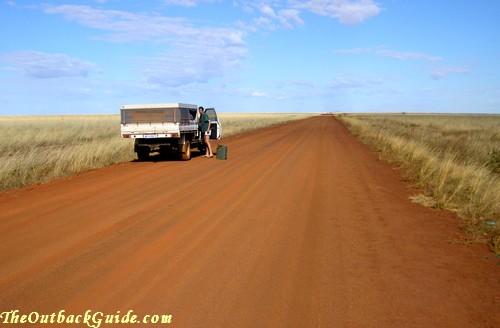Have we missed something fundamental here? Now that we are at the peak of the "Carbon Age", has oil replaced gold as the ultimate currency? I realize that gold is immutable and infinitely reusable, while oil goes up in smoke. And gold can be worn on fingers and dangled from ears, while oil can't (or at least shouldn't). It just seems like gold is out of fashion these days, while oil is hot.
Have we missed the boat?
Are we approaching a Mad Max world? Should I dump the soft metal and invest in petrol and black leather?
Have we missed the boat?
Are we approaching a Mad Max world? Should I dump the soft metal and invest in petrol and black leather?




Comment